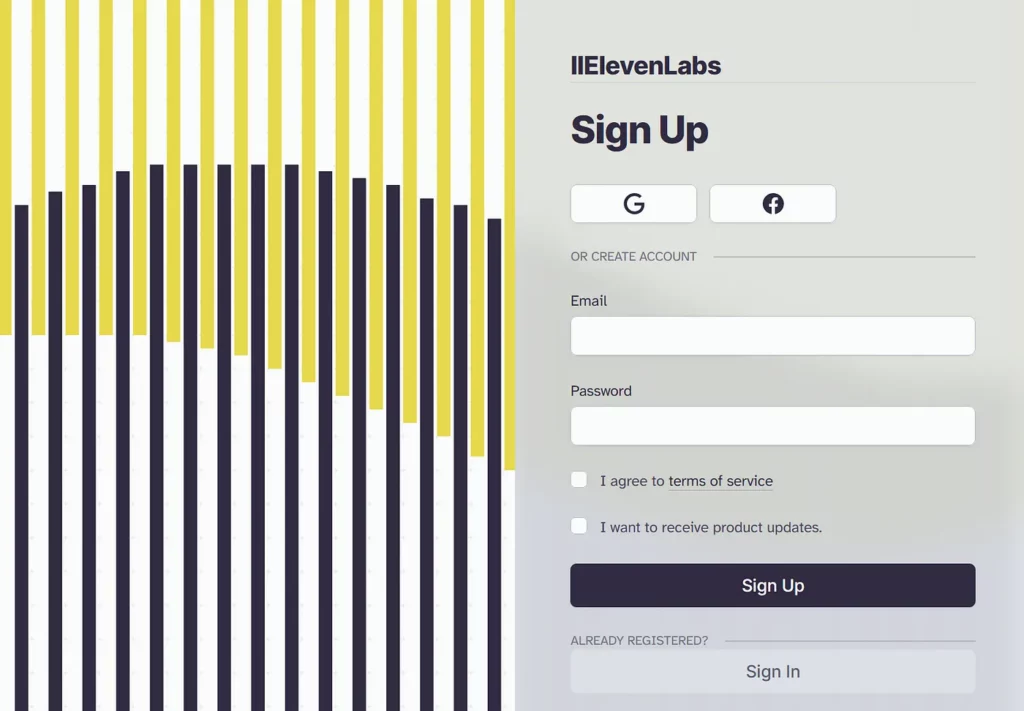- May 27, 2023
- 19 min read
Talking with AI: Integrating OpenAI’s GPT4, Whisper, and ElevenLabs API
AI has been reshaping the landscape of technology and everyday life. One of the most impactful developments in recent years is Whisper, GPT-3, and speech synthesis. These advancements are transforming the way we communicate with technology and automate tasks.
In the evolving world of digital technology, harnessing the power of AI and automation is essential. UBOS.tech, a robust low-code/no-code platform, provides a perfect solution for creating AI-driven applications. This article guides you through building a two-way voice Telegram bot on the UBOS.tech platform. We’ll also explore the practical application of such technology in the real world, showcasing the Caryn.AI use case.
What is Whisper?
Whisper is an automatic speech recognition (ASR) system developed by OpenAI. ASR technology converts spoken language into written text, enabling voice commands and dictation for various applications.
flowchart LR
subgraph ASR
A[User Speech] -->|Whisper ASR| B[Written Text]
endGPT-4: The AI Language Model Revolutionizing Communication
Generative Pretrained Transformer 4 (GPT-4) is the successor to GPT-3, the highly influential language model developed by OpenAI. It’s another major leap forward in the field of Natural Language Processing (NLP) and AI. GPT-4 builds upon the advancements of its predecessors, taking the capabilities of AI language models to unprecedented heights.
Like GPT-3, GPT-4 is a transformer-based model that uses machine learning to produce human-like text. It has been trained on a diverse range of internet text. However, GPT-4 outperforms GPT-3 in its ability to generate more coherent and contextually relevant sentences over longer passages.
The Synergy Between Whisper and GPT-4
When Whisper’s ASR capabilities are coupled with the linguistic prowess of GPT-4, the results are transformative. This combination enables us to interact with machines in a conversational manner.
graph TB
id1[User Speech] -- Whisper ASR --> id2[Converted Text]
id2 -- GPT-4 Processing --> id3[Generated Text Response]
id3 -- Speech Synthesis --> id4[Spoken Response]Speech Synthesis: Bringing AI Responses to Life
Speech synthesis technology converts text into speech, making the interaction with AI more human-like.
flowchart TB
C[Generated Text] -->|Speech Synthesis| D[Voice Output]Create a talking bot using Telegram
Now, let’s go through the steps of creating a Telegram bot with two-way voice communication on UBOS.tech.
Prerequisites
The following are prerequisites for this tutorial:
- UBOS.tech Account
- Open AI API (Whisper and GPT4 or GPT3)
- Google API Text-to-Speech or ElevenLabs API
Open AI
To leverage the power of AI models like GPT-4 or ASR systems like Whisper, you first need to sign up with OpenAI. This process is straightforward and will grant you access to the platform’s robust capabilities. Go to https://openai.com/api/

ElevenLabs
In addition to OpenAI, you’ll need to sign up with ElevenLabs to make full use of the capabilities in this project. ElevenLabs provides a platform for developing and deploying AI-powered solutions: https://beta.elevenlabs.io/sign-up

Video Tutorials
We’ve designed these tutorials to cater to both beginners and experienced developers. They’ll guide you through each stage of the process, from setting up your workspace to deploying your solution.
Clone the Template
If you’re comfortable with the UBOS.tech platform and prefer a faster approach, you can clone our template. This template is a ready-made project that includes the necessary configurations for building an AI-powered solution. You can customize it to fit your specific requirements.
Template Links:
Whichever option you choose, we’re excited to see what you’ll build on the UBOS.tech platform. Remember, building AI-powered solutions is a journey of discovery, learning, and creativity. Enjoy the process!
Caryn.AI: A Stellar Example of AI-Powered Chatbots
An excellent example of how AI-powered chatbots can be utilized in innovative and impactful ways is the development of Caryn.ai. Caryn Marjorie, a popular influencer and content creator, has ventured into the AI realm by creating a digital version of herself.
Caryn.ai is a chatbot developed in partnership with Forever Voices. It’s designed to interact with fans in a manner that mirrors Caryn’s own style and persona. It leverages advanced AI algorithms to learn from Caryn’s content and mimic her unique style, creating a virtual presence that feels authentic and engaging.
Projecting future growth based on current metrics and user interest, Caryn Marjorie estimates potential earnings of nearly $5 million in a month. This isn’t mere speculation; it’s backed by solid statistical data. In its debut week alone, CarynAI generated a remarkable $100,000, with thousands of eager users queued up for access, underscoring the significant revenue potential of this innovative AI solution.
Let’s delve deeper into how Caryn.ai represents the potential of AI-powered chatbots:
1. Enhanced Fan Engagement
Caryn.ai offers an innovative way for fans to connect with Caryn Marjorie. The bot is capable of holding conversations, answering fan queries, and providing updates – all in Caryn’s signature style. This offers fans a personalized and immersive experience, amplifying their connection with Caryn.
2. Scalable Interactions
Given the size of Caryn’s following, it’s impossible for her to interact personally with every fan. However, with Caryn.ai, fans can have a unique interaction that feels personalized, allowing Caryn to scale her engagement without losing the personal touch.
3. Constant Availability
Caryn.ai is available 24/7, ensuring fans can interact with Caryn’s digital presence anytime, from anywhere. This constant availability enhances user experience, increasing engagement and loyalty.
Andrii Bidochko
CEO/CTO at UBOS
Welcome! I'm the CEO/CTO of UBOS.tech, a low-code/no-code application development platform designed to simplify the process of creating custom Generative AI solutions. With an extensive technical background in AI and software development, I've steered our team towards a single goal - to empower businesses to become autonomous, AI-first organizations.


